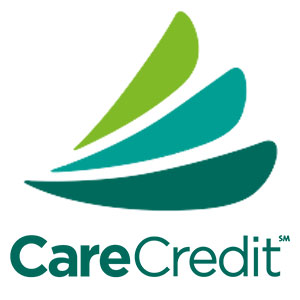How to Know if You are a Good Candidate for Regenerative Medicine?

January 2022
Regenerative therapies are frequently recommended to patients with various musculoskeletal injuries or conditions, including those who have certain types of arthritis. People who are struggling with joint pain and are looking for alternatives to surgery or traditional pain management injections may also consider trying regenerative therapy. Some patients have even received regenerative therapies to improve the healing results of more complex spinal or nerve issues, like neuropathy, sciatica or herniated discs.
Many regenerative therapies are derived from the patient’s own body, eliminating the risk of rejection. As a result, regenerative therapies are frequently one of the lowest-risk treatment options for conditions that cause chronic pain. Many patients are candidates for these treatments.
If you’d like to find out if regenerative medicine is right for you, contact our team at Non-Surgical Orthopaedics.
What Is Regenerative Medicine?
Regenerative medicine is a relatively new way of treating various medical conditions ranging from muscle and joint pain to acute and chronic inflammation and different types of arthritis.
When you scrape your elbow, cut your finger or bruise your knee, your body will more than likely heal on its own. However, the slow speed at which an injury heals – especially painful joint, ligament, muscle or tendon injuries – can be problematic.
Regenerative medicine relies on human stem cells, growth factor/cytokines and proteins that are injected into areas of your body where there is pain, damage or disease. In the case of a PRP injection, the concentrated plasma and platelets help to stimulate tissue growth, reduce inflammation and promote the body’s healing.
What Can Regenerative Medicine Treat?
Regenerative medicine can play an important role in the treatment of many orthopaedic diseases and conditions, including:
- Arthritis
- Joint pain
- Ligament pain
- Muscle strains
- Lower back pain
- And more
Regenerative medicine can be used on its own or be administered in conjunction with other more traditional approaches like epidural steroid injections or joint injections.
Types of Regenerative Therapies
Platelet Rich Plasma Injections (PRP)
PRP injections are prepared by drawing blood from the patient. The platelets and white blood cells are then separated from the rest of the blood through centrifugation. The PRP plasma is then injected into the targeted treatment area.
If you’re suffering from chronic tendon injuries, like tennis elbow or jumper’s knee, or pulled muscles and sprains, PRP therapy may help encourage the healing process.
Intradiscal Platelet Rich Plasma Injections
PRP injections can be used specifically for healing a painful disc. Whether your herniated disc is the result of an accident or the natural wear and tear of your spine, PRP therapy may bring you much-needed relief from the pain.
Prolotherapy
Prolotherapy involves injecting an irritant into the affected muscle or joint area. The irritant is usually a sugar or saline solution that triggers the body’s natural immune and healing response, spurring the body into repairing the damaged tissue in your joints or muscles.
Prolotherapy is sometimes recommended for low back pain, tendon injuries and knee osteoarthritis.
Amniotic Stem Cell Therapy
This form of regenerative therapy is derived from amniotic fluid, which is the fluid surrounding a baby during pregnancy. Amniotic fluid is rich in nutrients, proteins and growth factors that can encourage a powerful healing response for the treatment of pain from degenerative arthritis, osteoarthritis and tendonitis, especially if other treatments have failed.
Amniotic fluid is only acquired from women who have given birth and decided to donate their amniotic fluid. The amniotic fluid is injected into the desired treatment site to boost the body’s own regenerative and inflammation-fighting capabilities.
Bone Marrow Aspirate Concentrate Injections (BMAC)
BMAC injections start by extracting blood from a patient’s own bone marrow, usually from the pelvic bone. The blood undergoes centrifugation in a process that’s similar to the preparation of PRP. The BMAC is then injected into the treatment area.
Bone marrow stem cells help to repair damaged tissue and decrease inflammation by encouraging the growth of new tissue, like bone, cartilage and fat. BMAC is sometimes prescribed to treat bone fractures, cartilage deficiency, osteoarthritis and osteonecrosis (bone death).
Does Regenerative Medicine Really Work?
Regenerative medicine is a promising, research-based approach to treating chronic and acute pain caused by injuries or illnesses.
While some regenerative medicine therapies are still in their infancy, many of the methods have been successfully used in orthopaedic care for treating bone and joint injuries, ligament-tendon injuries, osteoarthritis and more.
Regenerative Medicine Treatments at Non-Surgical Orthopaedics in Georgia
If you’re suffering from a chronic illness or a sports injury, you may benefit from the regenerative therapies offered in our Marietta and Carrollton offices.
Our diverse array of injection treatments are intended to both manage your pain and encourage the repair and regeneration necessary for your body to stop hurting.
Call (770) 421-1420 for more information or schedule an appointment online.






